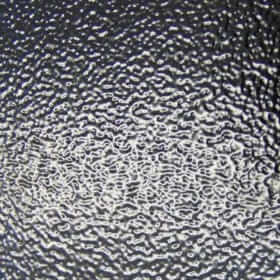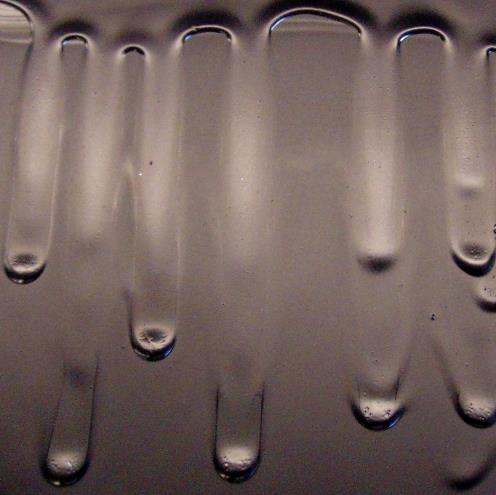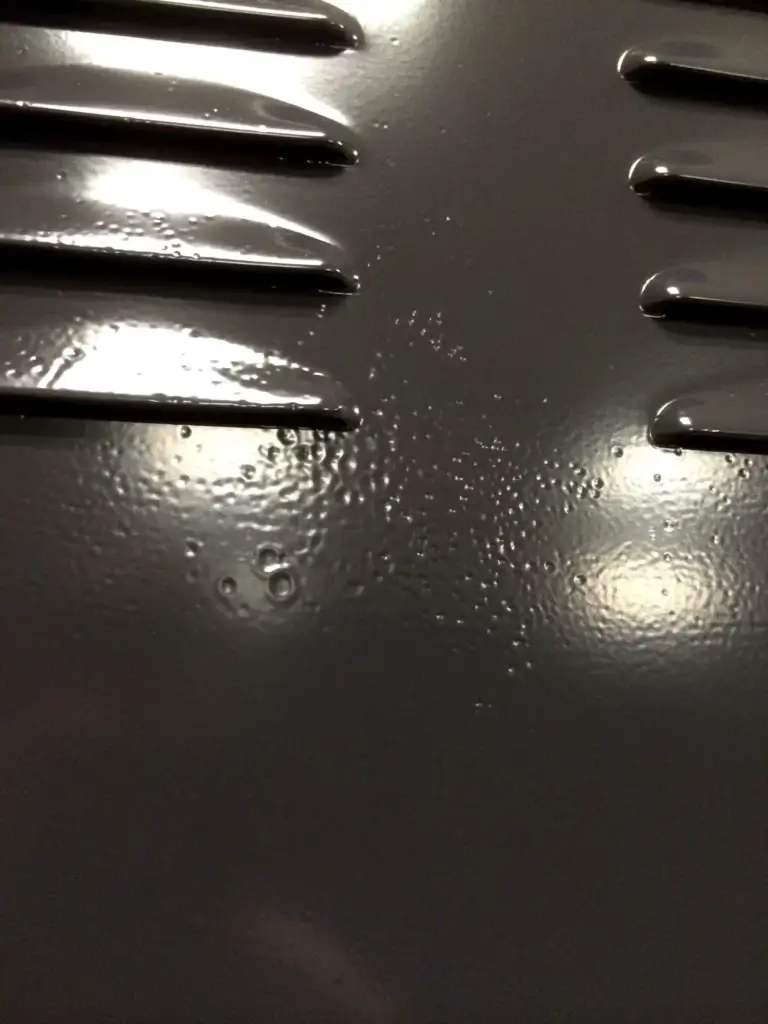
مقدمة
In our previous blog post, we delved into the principles of powder coating and discussed the six key factors that influence its effectiveness. If you haven't had the chance to read it yet, you can find it here: 6 عوامل رئيسية تؤثر على رش معدات طلاء المسحوق.
Building upon that foundation, this blog post aims to explore the advantages and disadvantages of powder coating, common challenges that can arise during the powder coating process, and how to effectively inspect surface finishes.
Let's dive in and uncover the secrets to attaining flawless finishes that leave a lasting impression. Stay tuned!
Advantages & Disadvantages of Powder Coated
Advantages:
- The quality of the coating applied using electrostatic spraying is excellent, with strong adhesion.
- The technical requirements for workers are relatively low, and the curing time is short, reducing the occurrence of common issues in the spraying process.
- No diluent is required, making it environmentally friendly with zero pollution during construction and no harmful substances to the body.
- High utilization of paint. Due to the attractive force of the electric field, the charged paint mist is effectively adsorbed and deposited on the surface of the workpiece. Not only does it have a high adhesion rate, but it also distributes evenly across the entire surface. The paint utilization rate can reach over 80%.
- It produces good spraying effects on the edges and corners of complex workpieces. Due to the tip effect of the charge, there is a high charge density in the edges and corners of the workpiece, resulting in a thicker deposition of the coating. Even after the film dries under the action of surface tension, it still maintains sufficient thickness.
Disadvantages:
- The object being coated must be conductive, making it suitable primarily for spray coating on metal workpieces with good conductivity. For non-conductive materials such as plastic or wood products, appropriate measures (such as immersion in a special solvent or applying a conductive film) need to be taken before electrostatic spraying can be performed.
- The quality of powder coating on complex-shaped workpieces is difficult to guarantee due to shielding effects from the electric field or uneven distribution of electrical lines. Sometimes manual touch-up is necessary.
- Repairing the sprayed surface is not easy and can be costly.

Common Issues in Powder Coating
Common issues in powder coating include coating impurities, coating shrinkage, coating color difference, and poor coating adhesion. Here are the solutions to each problem:
- Coating impurities:
- Impurities in the curing oven: Clean the inner walls of the curing oven using a wet cloth and a vacuum cleaner, especially in the hanging chain and gaps in the air ducts. Check if the air supply duct filters are damaged and replace them if necessary.
- Impurities in the powder booth: Before starting work each day, use compressed air to blow the powder coating system and clean the powder coating equipment and booth with a wet cloth and a vacuum cleaner.
- Impurities on the hanging chain: Regularly clean the chain guard plates and the water collection tray (hot-dip galvanized plate) of the lifting devices.
- Powder impurities: Improve the quality of the powder and the storage and transportation methods.
- Pre-treatment impurities: Clean the phosphating tank and the spray pipe regularly to remove deposits, and control the concentration and ratio of the phosphating bath.
- Water impurities: Increase the water filter and use purified water for the final two rinses.

Orange Peel

Sagging
2. Coating shrinkage:
- Shrinkage due to incomplete degreasing or insufficient rinsing in pre-treatment: Control the concentration and ratio of the pre-degreasing tank and the degreasing bath, reduce the oil content on the workpieces, and improve the rinsing effectiveness.
- Shrinkage due to high oil content in the water: Increase the incoming water filter to prevent oil leakage from the water supply pump.
- Shrinkage due to excessive moisture in compressed air: Drain the condensate from the compressed air in a timely manner.
- Shrinkage due to damp powder: Improve the storage conditions of the powder, increase dehumidifiers, and ensure the timely use of reclaimed powder.
- Shrinkage due to oil contamination on the workpiece caused by air conditioning airflow: Change the position and direction of the air conditioning vents.
- Shrinkage due to powder mixing issues: Thoroughly clean the powder coating system when changing powders.
3. Coating color difference:
- Color difference caused by uneven powder pigment distribution: Improve the quality of the powder, ensuring that the L, a, b values of the powder are similar and consistent.
- Color difference caused by different curing temperatures: Control the set temperature and conveyor chain speed, ensuring consistent and stable curing temperature and time for the workpieces.
- The color difference caused by uneven coating thickness: Adjust the powder coating process parameters, ensure the proper functioning of the powder coating equipment, and maintain consistent and uniform coating thickness.


4. Poor coating adhesion:
- Poor adhesion caused by incomplete rinsing in pre-treatment: Strengthen rinsing, adjust the degreasing process parameters, and prevent degreasing solution from entering the rinse tank after phosphating.
- Poor adhesion caused by yellow rust or localized lack of phosphate coating: Adjust the concentration, ratio, and temperature of the phosphating bath.
- Poor adhesion caused by incomplete drying of water in edges and corners of the workpiece: Increase the drying temperature.
- Poor adhesion caused by insufficient curing temperature: Increase the curing temperature.
- Poor adhesion caused by excessive oil and salt content in deep well water: Increase the incoming water filter and use purified water for the final two rinses.
In summary, addressing these common issues requires taking appropriate measures based on specific circumstances and making necessary adjustments to spray coating process parameters and equipment maintenance.
Inspection of the surface effects of spray-coated parts
① The color of the spray coating should meet the requirements of the color palette specified in the order and should be generally consistent with it. The surface of the coated product should have a uniform color without an obvious visual color difference.
Visual inspection should be conducted indoors under 40W fluorescent light, with the eyes at a distance of about 30 cm from the test panel.
② The thickness of the spray coating should be between 60 و 120 micrometers. The coating should be uniformly applied and have strong adhesion.
③ The product surface should be free from phenomena such as peeling, exposed base, sagging, pinholes, orange peel, impact damage, continuous scratches, deformation, and rust. It should be flat without raised edges or bending. The surface should be kept clean without any stains, oil marks, or other contaminants that affect the appearance. No residual white marks are allowed.
④ There should be no scratches on the surface of the sprayed product larger than 0.2 mm x 10 mm. The scratches should not be too deep, and the base should not be exposed. The surface should not have continuous scratches, but scattered or minor scratches are allowed.
⑤ The surface of the product should not have continuous plastic powder particles, silk screen ink dots, pits, bulges, protrusions, or sagging marks. Neither should there be scattered or minor particles.
⑥ Hardness testing: A Mitsubishi "UNI" model pencil with an angle of 45 degrees should be used. The length of the test should exceed 25 mm, and the hardness should be higher than 2H. Testing should be conducted using finished products. Test 5 lines on the surface, and it is considered qualified if there are no scratches.
⑦ Adhesion testing: A standard grid knife made of tungsten carbide alloy should be used for line scratching testing. Tape with a width of 2 cm and 3M 600 grade tape should be used. The tape should be pulled once in a 45-degree direction for testing. The adhesion should meet the level 2 requirements specified in GB 9286.
Conclusion
At APAC, powder coating plays a critical role in the production of our superior edge protection systems in the APAC region. By strictly adhering to the inspection guidelines outlined above, we guarantee outstanding quality and performance for our customers. Contact us today to learn more about our electrostatic spray coating process and how it contributes to the exceptional durability and functionality of our edge protection systems.


